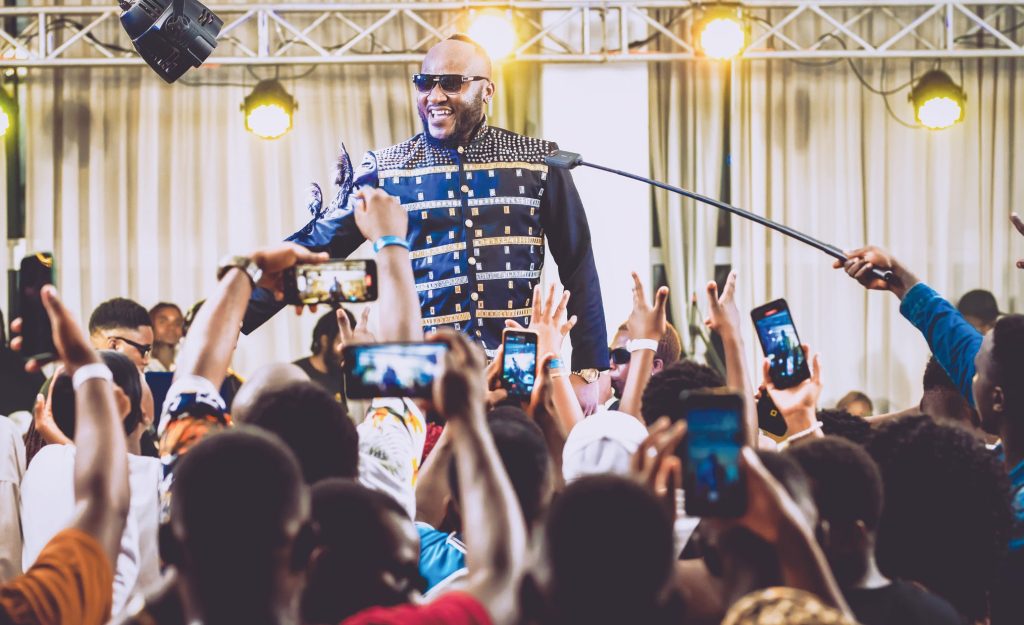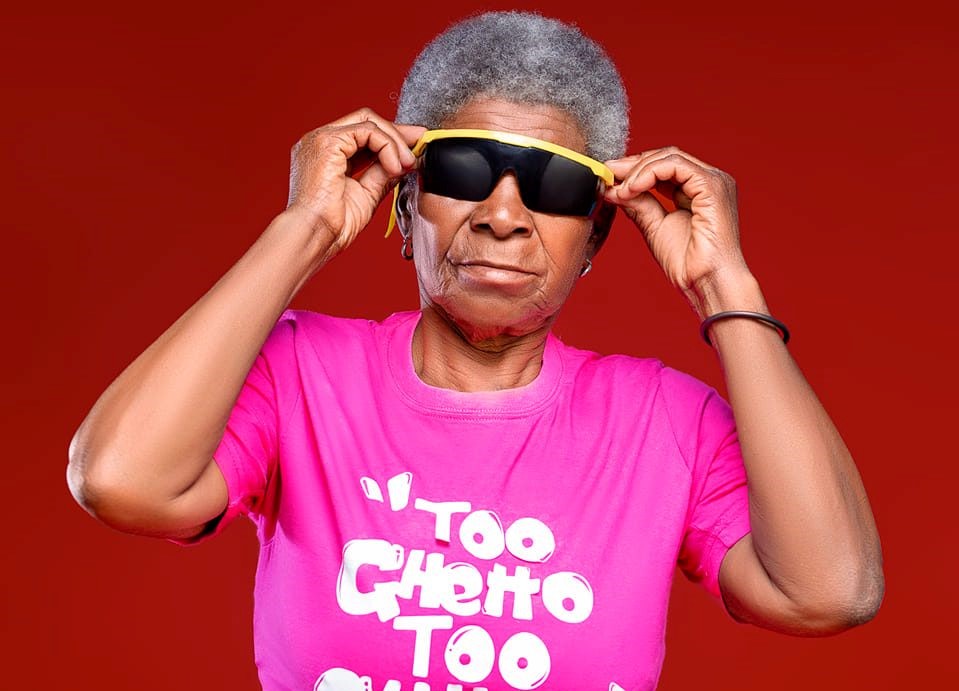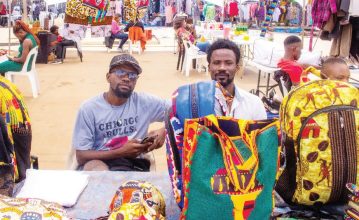Reshaping Fashion in Music
Fashion has long been an integral part of the music industry, serving as a visual representation of artistic expressions. In Malawi, the evolution of fashion on the music scene reflects a blend of tradition, innovation and globalisation.
However, it is essential to recognise that in the early days of Malawian music, fashion was not as significant a focal point for artists as is the case today.

During the late 1990s and early 2000s, iconic figures such as Lucius Banda, the late Vic Marley and Evison Matafale emerged as pioneers within the Malawian music industry.
But despite their talent and influence, fashion was not a primary consideration for these artists. Their focus was primarily on entertaining audiences with their music rather than making a statement through their fashion choices.
In their music videos and performances, they often sported casual and laid-back attire, reflecting the relaxed vibes of the time.
Female dancers donned flared jeans, bare back tops and most times they dressed like everyone else.
Fast forward to the contemporary Malawian music scene and a significant shift in attitude towards fashion is evident.
Artists have become trendsetters, pushing the boundaries of fashion and redefining the industry’s aesthetic landscape. This shift has been highly attributed to the desire to compete at global level.
As one hip-hop artist Phyzix puts it: “We are trying to have a presence on the global music market, which means we have to bring our A-game and ensure we are unique. We have to look exportable while convincing audiences that we can perform at any big stage.”
According to the hip-hop star, fashion decisions have largely been influenced by global trends and the various trends surrounding one’s life.
Said Phyzix: “My fashion decisions have always been influenced by the hip-hop culture. So, wearing baseball caps, snap-back, baggy jeans, basketball vests, military gear, swat gear and other fashion brands emanates from my love for hip-hop.
“However, the corporate world has pushed my sense of fashion towards the gentleman’s code outfits such as suits, which I also portray in my music, considering my ‘gamba wa suit’ nickname.”
Oh his part, rapper and hip-hop musician Charisma underscored the shift in music fashion, remarking: “How we present ourselves communicates volumes about our identity as artists.”
He emphasised the role of fashion in shaping public perception and inspiring others.
“I always believe in dressing up. How we look as artists matters. Our dressing or haircuts set us apart from our audiences because being a superstar comes with fashion too,” he said.
Recently, there have been collaborations between artists and fashion designers which have further made a mark on the importance of fashion in the music industry.
Designers are now working closely with musicians to create outfits that can align with their productions and style.
Fashion designer Xandria concurs with the two artists, noting that there is indeed a shift when it comes to fashion in the music industry.
“Initially, fashion was often overlooked, but now it is recognised as a vital component of an artist’s image and brand. Collaborations between designers and musicians have become more prevalent,” she said.
Xandria, who has also worked with different artists, highlighted the intersection of tradition and modernity in fashion choices among the artists even though there seem to be a growing inclination towards experimental fashion as artists seek to push boundaries.
“One notable trend is the coming back of Afrocentric designs, characterised by vibrant colours, bold patterns and traditional fabrics such as chitenje. However, it is essential to acknowledge the diversity within the industry, with some artists embracing more understated and minimalist styles while others opt for extravagant look,” she said.
The collaborations have led to more innovative and diverse statements in the industry, with artists embracing a wide range of styles and influences.
Fans have also embraced fashion as an integral part of the music experience, appreciating the visual spectacle that artists bring to their productions and performances.
“It’s impressive to see how artists are using fashion to showcase their personality and stand out from the crowd. It adds an extra layer of excitement to their performances,” said Davie Phiri, a music fan.
Another fan Eve Chalenga echoed this sentiment saying: “Fashion has become a key component of an artist’s brand. When they dress uniquely, it not only grabs attention, but also sets their image as trendsetters and influencers in the industry.”
On social media, fans keep appreciating the diversity of fashion trends within the Malawian music scene, recognising the multitude of influences shaping artists’ style choices.
This appreciation for diversity underscores the evolving nature of fashion within the Malawian music industry where artists continue to push boundaries and inspire through their distinctive styles.





